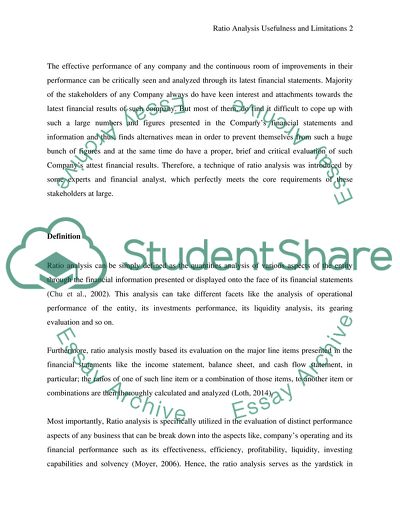Cite this document
(Finance Essay Example | Topics and Well Written Essays - 1500 words - 11, n.d.)
Finance Essay Example | Topics and Well Written Essays - 1500 words - 11. https://studentshare.org/finance-accounting/1826627-finance
Finance Essay Example | Topics and Well Written Essays - 1500 words - 11. https://studentshare.org/finance-accounting/1826627-finance
(Finance Essay Example | Topics and Well Written Essays - 1500 Words - 11)
Finance Essay Example | Topics and Well Written Essays - 1500 Words - 11. https://studentshare.org/finance-accounting/1826627-finance.
Finance Essay Example | Topics and Well Written Essays - 1500 Words - 11. https://studentshare.org/finance-accounting/1826627-finance.
“Finance Essay Example | Topics and Well Written Essays - 1500 Words - 11”. https://studentshare.org/finance-accounting/1826627-finance.


